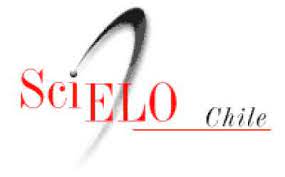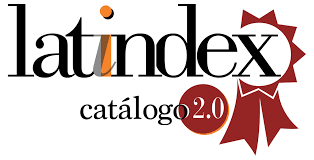Earth pressure distribution and its impact on retaining pile walls with one level of anchors according to NCh3206 standard
DOI:
https://doi.org/10.4067/S0718-28132021000100006Keywords:
earth pressure, seismic increase, NCh3206, retaining pile walls, anchorAbstract
In Chile, for the design of an excavation support system, the recommendations of the NCh3206 standard are used, of which its update is being processed. Both for the current standard and for the update, the alternative of uniform or trapezoidal earth pressure distribution for a retaining wall with one anchor level is mentioned. For the current standard, it is indicated that the analysis should be performed for both earth pressure distributions and must be used the most unfavorable for the design of the excavation support system, and for the update it is indicated that one or the other can be used. In this research work, the impact of using one or another earth pressure distribution for projects of discontinuous pile walls is studied. 60 different models are analyzed with characteristic soils from areas with large residential and commercial developments. This means that many retaining projects are developed with these soil conditions for two different types of load after the piles and for five different excavation heights. The difference between what is obtained with both earth pressure distributions is analyzed based on four variables: maximum positive and negative bending moment in the pile, maximum shear in the pile and tension load for the anchor. The results are shown graphically and in tables, in order to appreciate the difference and their magnitude. Finally, comments are delivered, explaining the results obtained.








